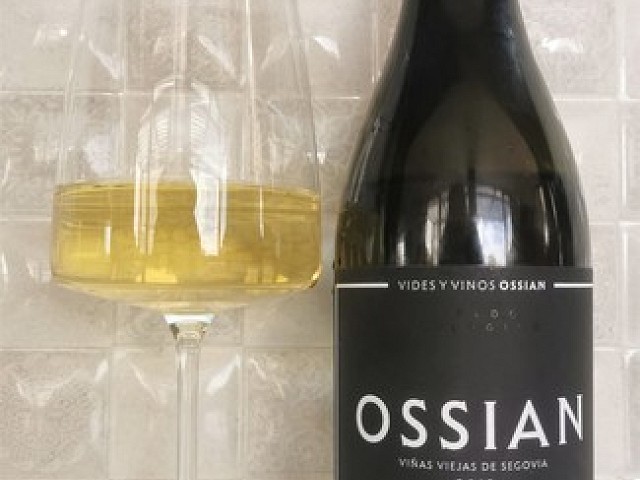White wine: freshness and elegance
White wines, with their wide range of flavors and aromas, have conquered palates throughout history. From the freshest and fruitiest to the most complex and aged, these wines offer a range of possibilities for pairing with a wide variety of dishes.
History of white wine
The origin of white wines dates back to the beginnings of winemaking. It is believed that the first civilizations that made wine used white grapes, since their must ferments without the need for contact with the grape skins, which provide color and tannins.
Over the centuries, white wines have evolved and diversified, giving rise to a wide variety of styles and producing regions. From the dry and mineral white wines of Burgundy to the sweet and aromatic Sauternes, each region brings its unique touch to this type of wine.
Characteristics of white wines
White wines are characterized by their color, which ranges from pale yellow to deep golden, and by their aromas, which can be fruity (apple, pear, citrus), floral (orange blossom, jasmine), tropical (pineapple, mango) or mineral (wet stone, tinder).
Other important characteristics are:
- Acidity. Acidity is fundamental in white wines, as it brings freshness and liveliness.
- Body. Body refers to the mouthfeel and can range from light and delicate to dense and unctuous.
- Aromas. The aromas of a white wine depend on the grape variety, climate, soil and winemaking process.
The perfect pairing: white wines and foods
The pairing of white wines is an art that requires balance and harmony. Some classic pairings are:
- Fish and seafood: the most well-known combination. Dry and fresh white wines, such as Sauvignon Blanc or Albariño, enhance the delicate flavors of white fish and seafood.
- Poultry. Full-bodied white wines, such as Chardonnay or Viognier, perfectly complement poultry with creamy sauces.
- Salads and vegetables. Young, fruity white wines, such as Pinot Grigio or Riesling, are ideal with salads and vegetarian dishes.
- Soft cheeses. White wines with citrus and floral notes, such as Gewürztraminer, pair perfectly with soft and fresh cheeses.
Tips for a correct pairing
- Intensity. Look for a balance between the intensity of the wine and the dish.
- Acidity. The acidity of the wine can cut the fat and refresh the palate.
- Aromas. Combine complementary or contrasting aromas to create interesting sensations.
- Temperature. Serve white wines cool, but not too cold.
White grape varieties
Some of the white grape varieties that are most prominent in white winemaking are:
- Chardonnay. Versatile and elegant, it can be made in very different styles, from fresh and fruity to complex and barrel-aged.
- Sauvignon Blanc. With aromas of fresh grass, citrus and tropical fruits, it is ideal for young and fresh wines.
- Riesling. With a wide range of styles, from dry and mineral to sweet and aromatic, it is a very expressive variety.
- Albariño. Originally from Galicia, it is characterized by its freshness, minerality and aromas of white fruits and flowers.
White wine producing regions
The world is full of regions that produce exceptional white wines. Some of the most famous are:
- Burgundy (France): famous for its Chardonnay and Pinot Gris.
- New Zealand: producer of high quality Sauvignon Blanc.
- Germany: renowned for its Riesling, both dry and sweet.
- Rías Baixas (Spain): home of Albariño.
White wines are an inexhaustible source of pleasure for the senses. Their versatility and complexity make them ideal companions for a wide variety of dishes and occasions. As you explore the world of white wines, you will discover a universe of flavors and aromas that will surprise you.

